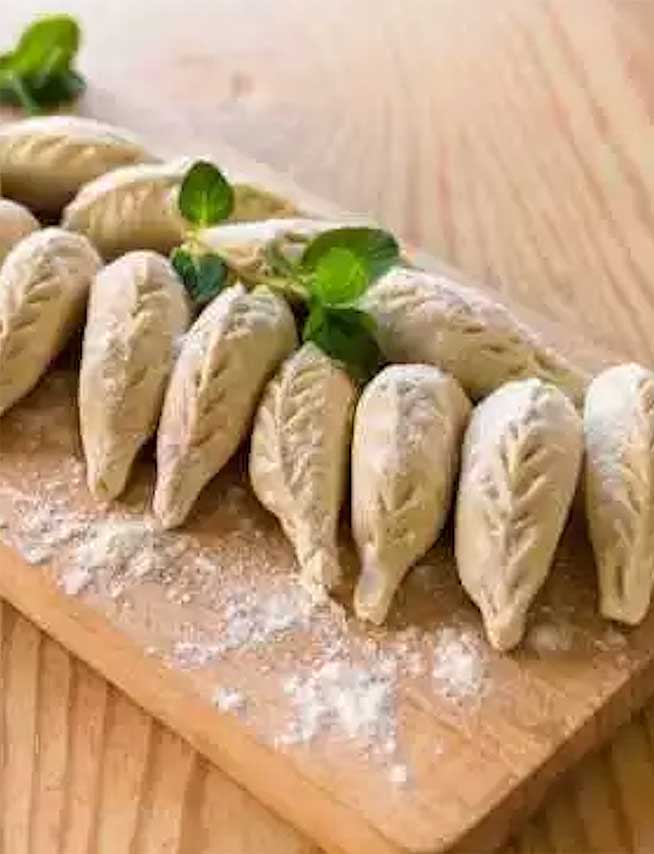
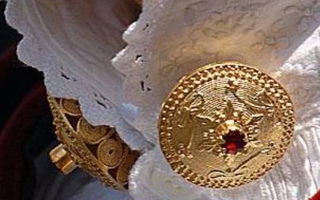
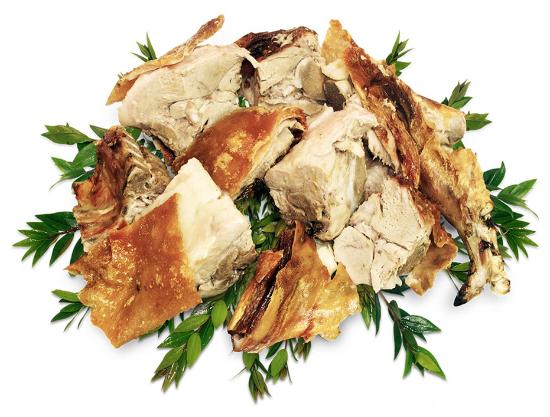
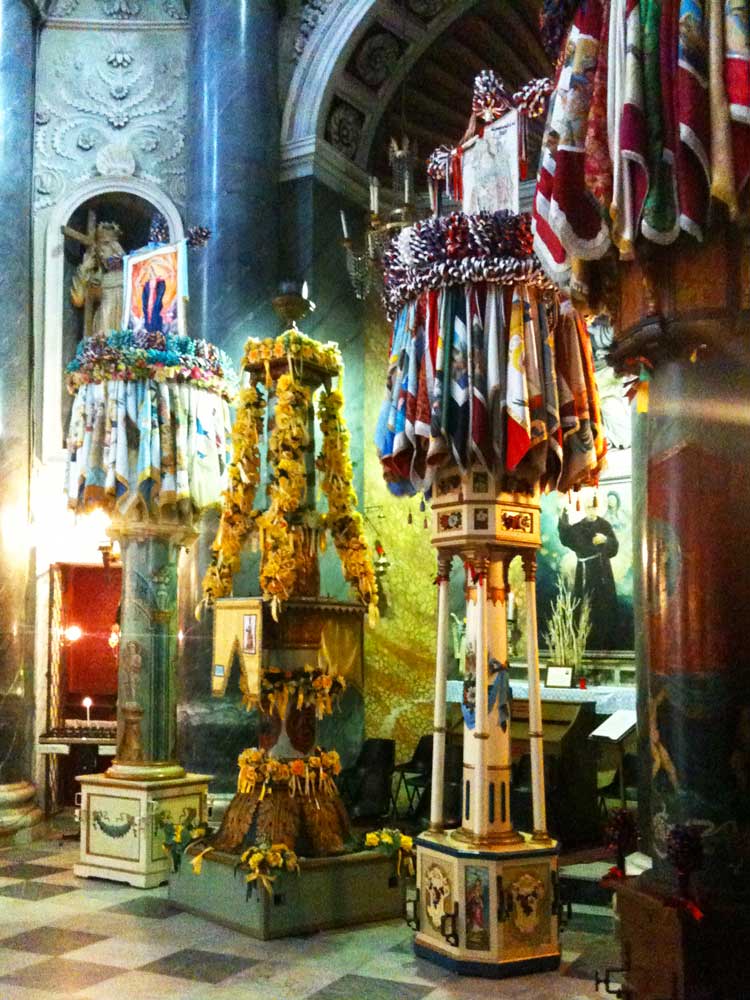
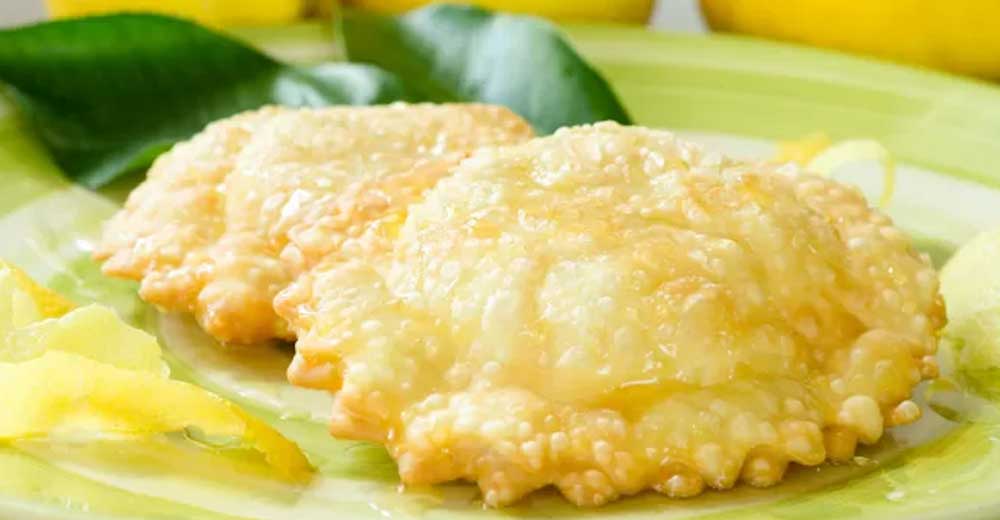
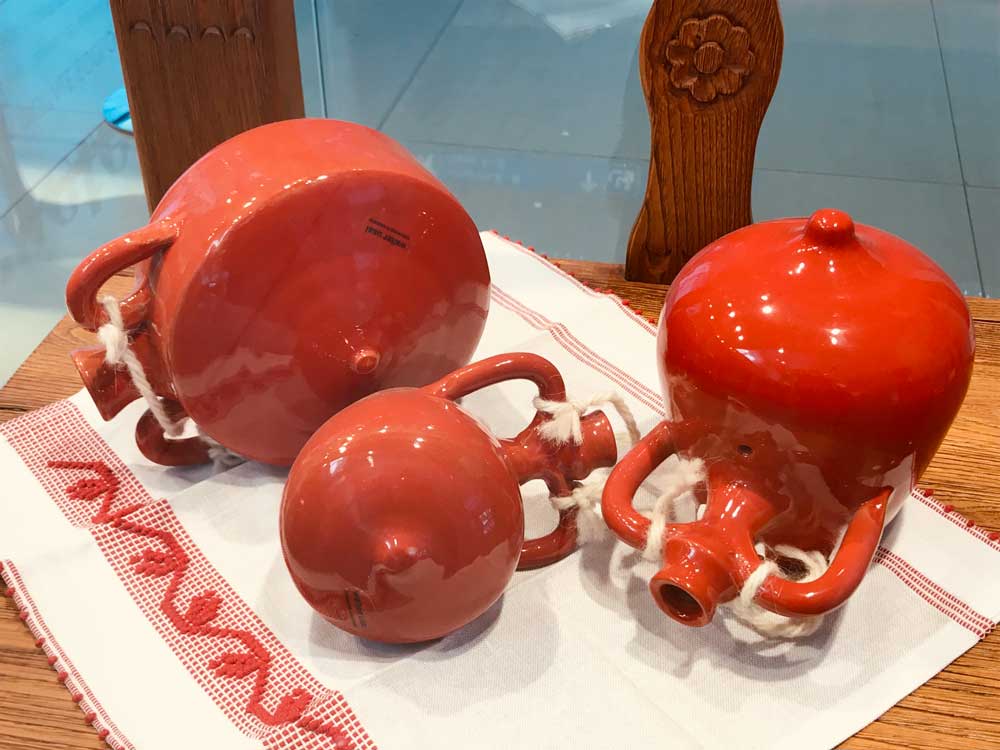
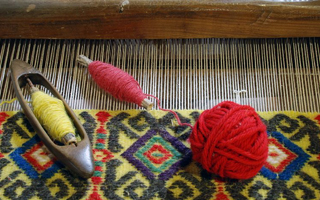







The charm of Gallura also lies in its cuisine, made up of intense flavors and strong contrasts, such as those of the landscape.
Dishes that appear as the legacy of millenary traditions; the Zuppa Cuata (or Gallurese), the exquisite Porcetto roast, the wild boar or the kid stew, the Culurgiones . Typical sweets such as Seadas , fruit of the very happy marriage between honey and cheese.
Among the wines ready to accompany the meal there is only the embarrassment of choice. But a special mention naturally goes to the fantastic Vermentino , whose fame goes beyond national borders. Just a hundred meters from Lo Stazzu, it can be tasted at the Deperu Holler vineyard accompanied by local products.
If you reach Berchidda, gourmets will naturally be attracted to its Wine Museum, a futuristic structure unique in Italy, rich in multimedia resources that tell not only the winemaking tradition of Gallura, but also the history and culture of this land.
Do not forget the Cannonau , an unbeatable combination for meats and aged cheeses.
Sardinia has a complex history, divided into various periods and characterized by original characters. The human presence dates back to the Paleolithic and unfolds along all the following eras, prehistoric and historical.
Scattered throughout the island there are archaeological remains of great importance and, reachable in a short time, the Nuraghe Santu Antine , is one of the most majestic in the whole of Sardinia and is also one of the most important existing.
The Necropolis of Anghelu Ruju is a pre-Nuragic archaeological site located in the municipality of Alghero in the I Piani area.
Architecture, art and literature accompany the historical path from the Byzantine, passing through the so-called Giudicale Age whose maximum expression was the Romanesque up to the Contemporary one with relevant traces of "industrial archeology".
If you want to organize a route on the traces of the Romanesque, Gallura offers various points of interest such as the Basilica of San Gavino in Porto Torres, the largest and oldest Romanesque church in Sardinia. Large early Romanesque building that tends to favor the structural aspect over the decorative one. The Basilica of the Santissima Trinità di Saccargia , with a splendid two-tone facade, consisting of alternating rows of dark stone and light stone and located in the territory of the municipality of Codrongianos.
We also point out two towns that stand out in the Gulf of Asinara: Castelsardo which stands on a steep rocky promontory and the entire village still retains the enclosure walls, with fortifications as a warning of attacks from sea.
Alghero has a beautiful historic center, almost intact. The urban layout preserves numerous testimonies of the Aragonese and Spanish domination: the sections of the walls, the defensive towers, the palaces for private use and valuable religious monuments. The walls and ramparts, still visible today, protected Alghero, a true Aragonese stronghold on the island.
The churches and palaces with Spanish wrought iron balconies, the narrow streets with cobblestones, the squares, the Catalan street names and the many clubs give the historic center of Alghero an unmistakable appearance.
Folklore is one of the great heritages of Sardinia. The whole region of Gallura has maintained a series of particularly suggestive events, scattered throughout the year.
The Carnival is celebrated in many towns with traditional costumes and dances while Alghero attracts its guests with processions of Catalan origins.
Cavalcata Sarda is the great spring festival in Sardinia. In the past, to solemnly welcome illustrious guests, processions of men and women on horseback were organized, dressed in their most beautiful and most colorful costumes. A living museum of island folklore, but also a party continuously animated by joy, songs and dances.
In Pozzomaggiore there is a reckless race of knights, called S'Ardia , in honor of San Costantino.
In August, in Sassari there is the Discesa dei Candelieri, a procession in honor of the Virgin of the Assumption.
Popular traditions are deeply rooted in Sardinian culture and find maximum expression in craftsmanship which has characteristics that make it unique and inimitable.
Fabrics, clothes, carvings, weaves and ceramics, which from artifacts originally destined for the internal market have taken on an importance even beyond the island. Exemplary for textile production is the Carpet of Aggius exhibition and traditional costumes.
Even the processing of jewels stands out as a sign of the profound culture of the entire people of Sardinia. Sardinian jewels are closely linked to the regional costume, since in their multiple expressions they integrate the costume, completing it in its decorative elements.
The typical artifacts of the artisan goldsmith production are buttons, necklaces and pendants, brooches, rings, earrings and amulets with filigree processing.